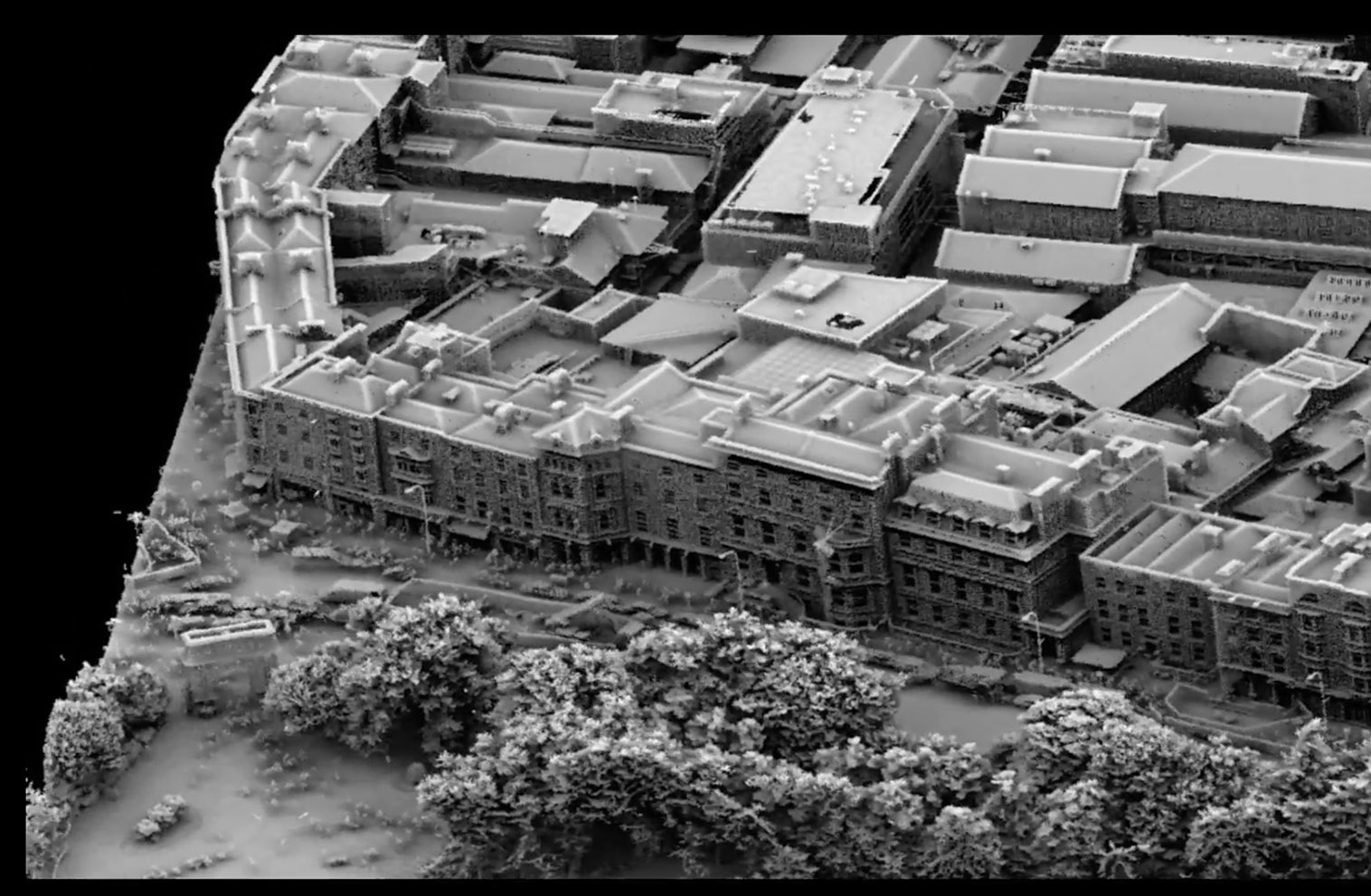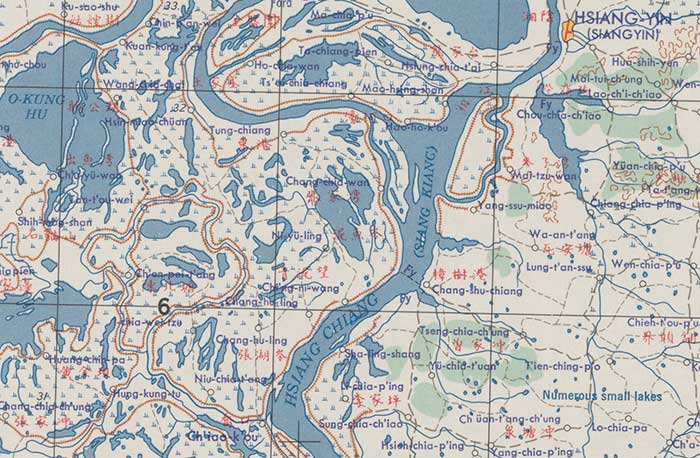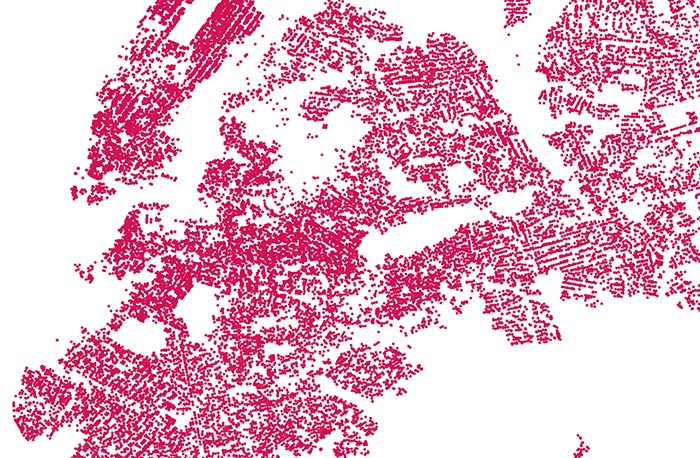View Metadata
Canada Vegetation, 2006
- Identification Information
- Data Quality Information
- Spatial Data Organization Information
- Spatial Reference Information
- Entity and Attribute Information
- Distribution Information
- Metadata Reference Information
- Identification Information
- Citation
- Originator
- GeoAccess Division, Canada Centre for Remote Sensing, Natural Resources Canada, Government of Canada
- Originator
- Geographical Survey Institute
- Publication Date
- 2006
- Title
- Canada Vegetation, 2006
- Geospatial Data Presentation Form
- raster digital data
- Publication Information
- Publication Place
- Ottawa
- Publisher
- GeoAccess Division, Canada Centre for Remote Sensing, Natural Resources Canada, Government of Canada
- Online Linkage
- http://www.columbia.edu/acis/eds/gis/images/iscgm_canada_2006_veg_rast.zip
- Abstract
- Canada Vegetation is a raster theme representing percentages of tree cover throughout Canada at a resolution of 30 arc seconds. This layer is a component of the Global Map a 1:1,000,000 scale framework dataset of the world. It consists of vector and raster layers of transport, administrative boundaries, drainage, elevation, vegetation, land use and land cover data. The data were prepared from information provided by national mapping and other organizations worldwide.
- Purpose
- The concept of Global Mapping, and the establishment of an international body for Global Mapping, was first proposed by the Ministry of Construction of Japan (MOC) in 1992; and in 1994 the Geographical Survey Institute of Japan (GSI) proposed the first draft Map Specifications. The project currently involves the participation of many interested nations. The main objective of this global project is to bring all nations and concerned organizations together to develop and provide easy and open access to global digital geographic information at a scale of 1:1 million. This would be used to facilitate the implementation of global agreements and conventions for environmental protection, for monitoring of major environmental phenomena and to encourage economic growth within the context of sustainable development. As part of this objective, a Global Map product will be developed to this specification. The Global Map will also contribute to the development of a Global Spatial Data Infrastructure.
- Temporal Extent
- Currentness Reference
- ground condition
- Time Instant
- 2005
- Bounding Box
- West
- -179
- East
- 0
- North
- 85
- South
- 40
- Theme Keyword
- biota
- Theme Keyword Thesaurus
- ISO 19115 Topic Categories
- Theme Keyword
- Trees
- Vegetation
- Theme Keyword Thesaurus
- None
- Place Keyword
- Canada
- Place Keyword Thesaurus
- Library of Congress Subject Headings
- Temporal Keyword
- 2005
- Temporal Keyword Thesaurus
- None
- Access Restrictions
- For current Columbia affiliates only.
- Use Restrictions
- For educational, non-commercial use only.
- Status
- Complete
- Maintenance and Update Frequency
- Unknown
- Point of Contact
- Contact Organization
- Geographical Survey Institute
- Delivery Point
- Geographical Survey Institute, Kitasato 1
- City
- Tsukuba
- State
- Ibaraki
- Postal Code
- 305-0811
- Country
- JAPAN
- Contact Telephone
- +81-29-864-6910
- Contact Electronic Mail Address
- sec@iscgm.org
- Native Data Set Environment
- Microsoft Windows XP Version 5.1 (Build 2600) Service Pack 3; ESRI ArcCatalog 9.2.5.1450
- Data Quality Information
- Logical Consistency Report
- Logical consistency is a measure of the degree to which data complies with the technical specification. Logical consistency was validated by tests to check that table and file names are set out as in the Data Dictionary. Graphical tests checking such things as intersections, polygon closure, minimum sizes of polygons and length of linear features were also carried out.
- Completeness Report
- Completeness is a measure of the degree to which all features listed in the technical specification have been captured, in accordance with the selection criteria, definitions and other rules specified. All instances of a feature and its attribute values that meet the selection criteria and appear on the source materials are captured. The data is generalized so the selection of features is to some extent subjective.
- Horizontal Positional Accuracy Report
- For horizontal accuracy, 90% of points will be within 2km of their actual location. In the case of data obtained from satellite images, the maximum error is less than or equal to 0.5km.
- Lineage
- Spatial Data Organization Information
- Direct Spatial Reference Method
- Raster
- Raster Object Information
- Raster Object Type
- Grid Cell
- Row Count
- 17126
- Column Count
- 23760
- Vertical Count
- 1
- Spatial Reference Information
- Horizontal Coordinate System Definition
- Geographic
- Latitude Resolution
- 0.000000
- Longitude Resolution
- 0.000000
- Geographic Coordinate Units
- Decimal degrees
- Geodetic Model
- Horizontal Datum Name
- D_WGS_1984
- Ellipsoid Name
- WGS_1984
- Semi-major Axis
- 6378137.000000
- Denominator of Flattening Ratio
- 298.257224
- Vertical Coordinate System Definition
- Altitude System Definition
- Altitude Resolution
- 0.000100
- Altitude Encoding Method
- Explicit elevation coordinate included with horizontal coordinates
- Entity and Attribute Information
- Entity Type
- Entity Type Label
- vegetation.vat
- Entity Type Definition
- Vegetation
- Attributes
- Rowid
- Internal feature number. (Sequential unique whole numbers that are automatically generated.)
- Definition Source
- ESRI
- VALUE
- Vegetation type
- 10
- Tropical rainforest: Evergreen forest which has high rainfall and high humidity throughout the year. This class has an upper canopy formed by trees from 30 to 40m tall and may have occasional emerging trees taller than the upper canopy.
- 20
- Hydrotropic forest: Deciduous broad-leaved trees which are defoliated in dry season and foliate in rainy season.
- 30
- Grassland in tropical or sub-tropical zone: Grassland which has a long dry season and is heavily dried. Trees are only sparsely distributed. Plant density depends on dryness.
- 40
- Semi desert in tropical or sub-tropical zone: Plants are sparsely distributed in the area which has a little rainfall and is heavily dried
- 50
- Desert in tropical or sub-tropical zone: Plants are very sparsely distributed in the area which has a little rainfall and is extremely dried.
- 60
- Evergreen thick-leaved forest: Forest which has high rainfall in the rainy season and is relatively dried in summer. Trees which have evergreen thick and hard leaves dominate this forest.
- 70
- Evergreen broad-leaved forest: Forest in the warm temperate zone which has high rainfall in summer, or is humid throughout the year. Broad-leaved trees which have a little larger leaves than evergreen thick-leaved trees are the main component of this forest.
- 80
- Deciduous broad-leaved forest: Forest which mainly consists of trees defoliated in winter. This forest appears in the area which has sufficient rainfall in cool temperate zone.
- 90
- Grassland in temperate zone: Grassland in drier climates in temperate zone. No trees grow.
- 100
- Semi-desert in temperate zone: Heavily dried area in the temperate zone. Grasses, such as mugwort and pigweed cover this area.
- 110
- Desert in temperate zone: Extremely dried area in temperate zone. Grasses, such as mugwort and pigweed cover this area.
- 120
- Northern coniferous forest: Coniferous trees in semi-frigid zone which has very cold and long winter. Trees in this forest are usually evergreen
- 130
- Tundra: Plant colony consists of shrub, grass with broad leaves, moss and lichen. Trees cannot become tall due to severe cold.
- 140
- Water body: Water surfaces, such as rivers and lakes.
- 150
- Ice and snow: Area which is covered with snow and ice throughout the year.
- 210
- Wetland: Vegetated area with waterlogged soils or surface water for significant periods of the year.
- 220
- Mixed forest: Forest containing a mixture of types. Usually deciduous and coniferous.
- 230
- Mixed land: Area containing a mosaic of other types.
- 240
- Non natural: Cultivated, urban or otherwise modified vegetation.
- 250
- Unclassified: Areas not included in other classifications. For example, barren land.
- COUNT
- Distribution Information
- Format Name
- GRID
- Distributor
- Geographical Survey Institute
- Name
- Metadata Reference Information
- Metadata Date
- 20090312
- Metadata Contact
- Contact Information
- Contact Organization Primary
- Contact Organization
- Research Data Services (RDS), Columbia University Libraries
- Contact Person
- GIS/Metadata Librarian
- Contact Address
- Address
- 420 W. 118th St., 215 IAB, MC 3301
- City
- New York
- State or Province
- NY
- Postal Code
- 10027
- Contact Voice Telephone
- (212)854-6012
- Contact Electronic Mail Address
- data@library.columbia.edu
- Metadata Standard Name
- FGDC Content Standards for Digital Geospatial Metadata
- Metadata Standard Version
- FGDC-STD-001-1998


